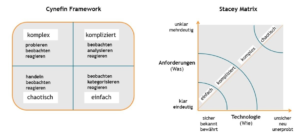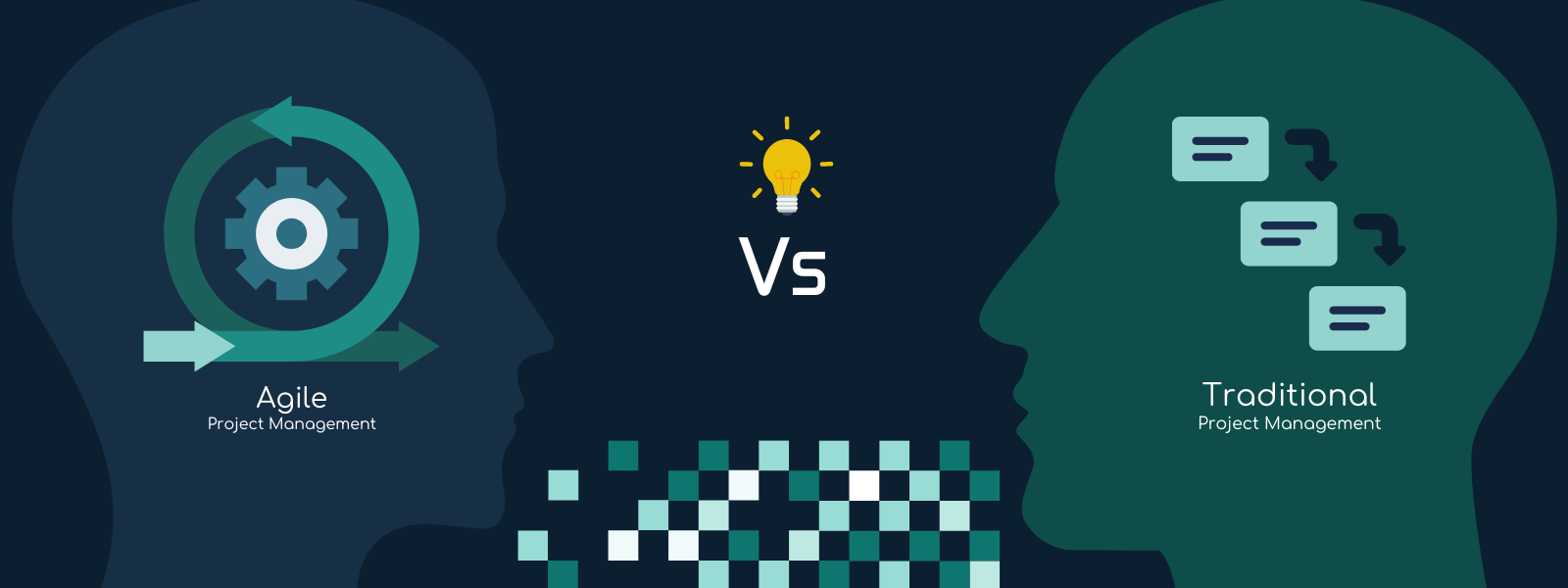What distinguishes agile project management?
Proponents of the agile working method reject this traditional project management method as cumbersome, restrictive and unsuitable. Agile project management is iterative and aims to constantly include user feedback and continuous releases with every iteration of a software development project. Every result of a task is a product that you pass on to stakeholders . The team and work structures are designed to create things that are directly useful to the client or client.
What distinguishes classic project management?
Traditional project management is a linear approach in which all phases of a process take place in a certain order. The approach depends on predictable tools and predictable experiences. Each individual project follows the same lifecycle, which includes the phases of feasibility, planning, design, creation, testing, production and support.
What are the advantages of agile project management?
- Fast project start
- High flexibility
- Errors are detected early
- Fast results
- Closer cooperation in the team
What are the advantages of classic project management?
- Comprehensive project planning with time, resource and budget plans
- Clearly definable projects with clear objectives
- Planning, monitoring and control are intuitive and understandable for all management levels
- Traditional methods can be applied directly (e.g. Earned Value Management)
Do we have to commit to a variant of project management?
There are some crucial factors that should be considered when choosing the right project management method. Projects with a high degree of complexity require a dynamic environment. Projects with complicated problems require a stable environment. The more accurately the problem can be identified and described, the easier it will be to find the most efficient project management.
How can we identify the problem at an early stage?
With the right questions, we can find out whether our problem is rather complex or complicated. Using the Cynefin frameworks and the Stacey Matrix, we can classify them to determine the right course of action.

Picture: © Harald Kretschmer, Helmut Schäfer
What requirements do we have for our new software?
How can we optimize the hardware in our measurement method to meet the specifications?
These questions give rise to complex or complicated tasks. In addition to the problem, the corporate structure plays an essential role in the selection of the appropriate projectmethodology. Complex problems can usually be approached more efficiently by trying, observing and reacting in an agile way of working. More complicated projects can be handled more efficiently by analyzing, observing and reacting more accurately. The Stacey Matrix and the Cynefin Framework (Fig. 1) illustrate the effects of differently knitted problems. A chaotic starting point in a projectenvironment is often found in (corporate) startups, innovation labs and accelerator programs. The complex environment with regularly changing framework conditions is very typical for agile organizations. A complicated environment for the optimization of solutions with the same problem is often found in established organizations. In a simple environment, in which the processes are clear and simple and no regular changes occur, small businesses or large corporations typically find themselves in standard situations and well-defined processes.
What does this mean for our team?
In an agile team, self-organization is essential. The team composition must make it possible to work with a high degree of flexibility, creativity and productivity. Agile working relies on small, autonomous and self-organized teams. The agreed missions or the goals, business and user requirements serve as guidelines. The key persons are the project managers (e.g. SCRUM Masters), who organize, among other things, the so-called sprints and recurring appointments.




